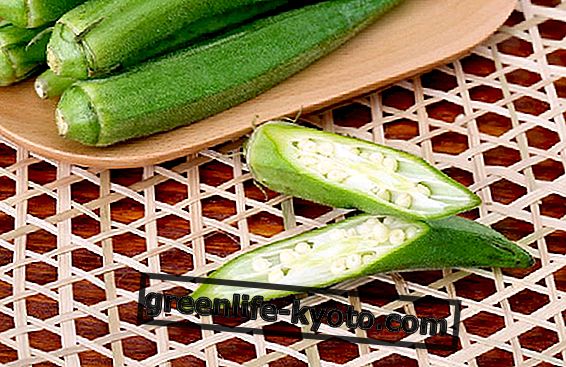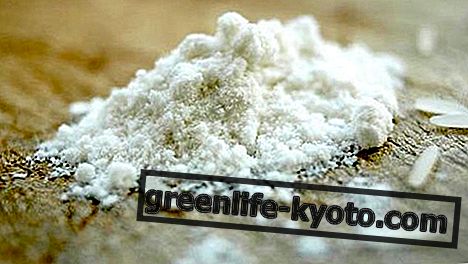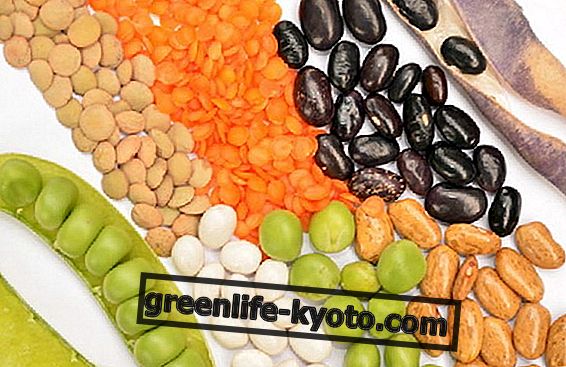
Autumn, time for citrus fruits, juices, vitamin C ... and to think that there is a part of the citrus fruits that we do not take into consideration, because it is leathery, bitter, rich in essential oils: the peel . And it is precisely in the peel that one of the most used flavonoids among the antioxidant supplements, the hesperidin, is contained.
Hesperidin is present in the peel and in the whitish skin of the citrus fruit undercoat. The component of experidin which is most interesting in the pharmaceutical and herbal fields is rutinosium, due to its vasoprotective properties.
Properties of experidin
The properties of experidin are expressed on the microcirculation, on the blood vessels and not only . Let's better see what activities this flavonoid carries out:
> capillarotropic : it tones the capillaries, prevents their dilation and helps strengthen and develop the capillary structure.
> vasoprotective : performs a toning and protective action on blood vessels, preventing atony, stimulating venous circulation and carrying out an anti-inflammatory action.
> hypocholesterolemizing and: is able to correct metabolic disorders and promote the production of good cholesterol, with the consequent correction of hypertension conditions and the prevention of cardiovascular risks.
Benefits of experidin
As it is easy to understand, hesperidin can be a useful remedy for preventing and treating certain disorders related to lower limb circulation, vessel dilation, peripheral microcirculation .
Those who suffer from venous insufficiency with different manifestations can benefit from it:
> hemorrhoids: a very controversial problem that foresees an internal or external vasodilatation with swelling of the extroflexion and possible bleeding. Hesperidin counteracts the atony of the vessels and above all prevents recurrence.
> varicose veins or varicose veins : a bit like hemorrhoids, even for varicose veins it is dilatations of the veins, a problem that generally affects the lower limbs, often aggravated by venous stasis.
Hesperidin tones veins, promotes circulation, prevents many pathologies such as phlebitis .
> capillary fragility : a disorder often assessed only for its aesthetic impact, but which could instead describe more serious pathologies, manifests itself as a more or less extensive bluish web that can appear on the legs, but also on the face.
Hesperidin helps strengthen capillary walls, prevent ecchymosis, and stimulate network development.
> cholesterolemia : a clear benefit in the event of a rise in total cholesterol not supported by the correct HDL values was demonstrated by studies that included the use of hesperidin for at least 4 weeks, with a solicitation to produce good cholesterol, thereby reducing the LDL one.
How to take Esperidin
It is possible to find experidin as a single remedy or in synergy with other active ingredients contained in ruscus, red vine, horse chestnut, melilot, centella asiatica .
The recommended daily dose of Hesperidin is 500mg per day. There are no contraindications or side effects, the preventive principle is not recommended during pregnancy and lactation.













